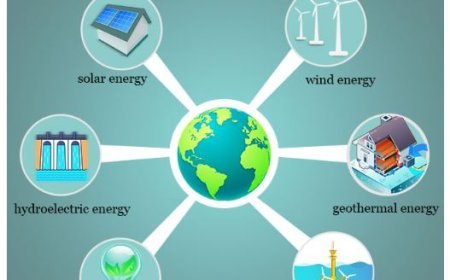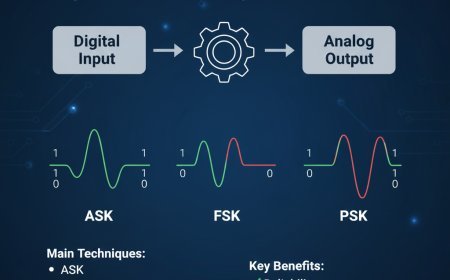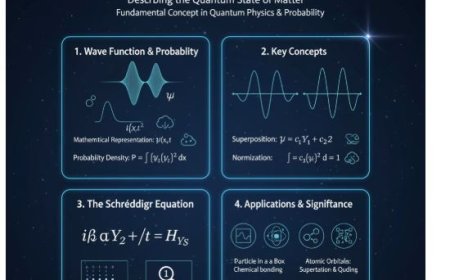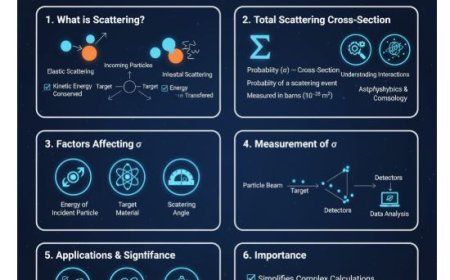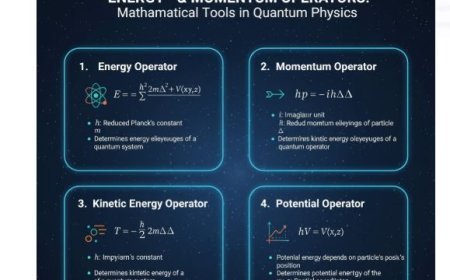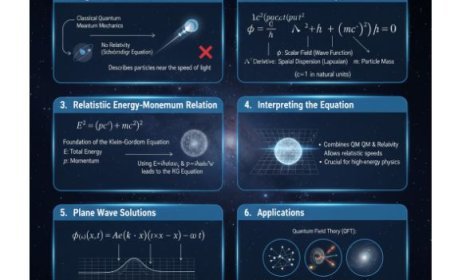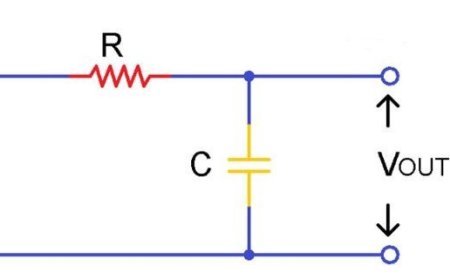Understanding the Compound Nucleus
Learn how a compound nucleus forms during nuclear reactions when a projectile and target nucleus merge into a short-lived, high-energy state. Discover its formation, decay mechanisms, and importance in nuclear energy, research, and medicine.
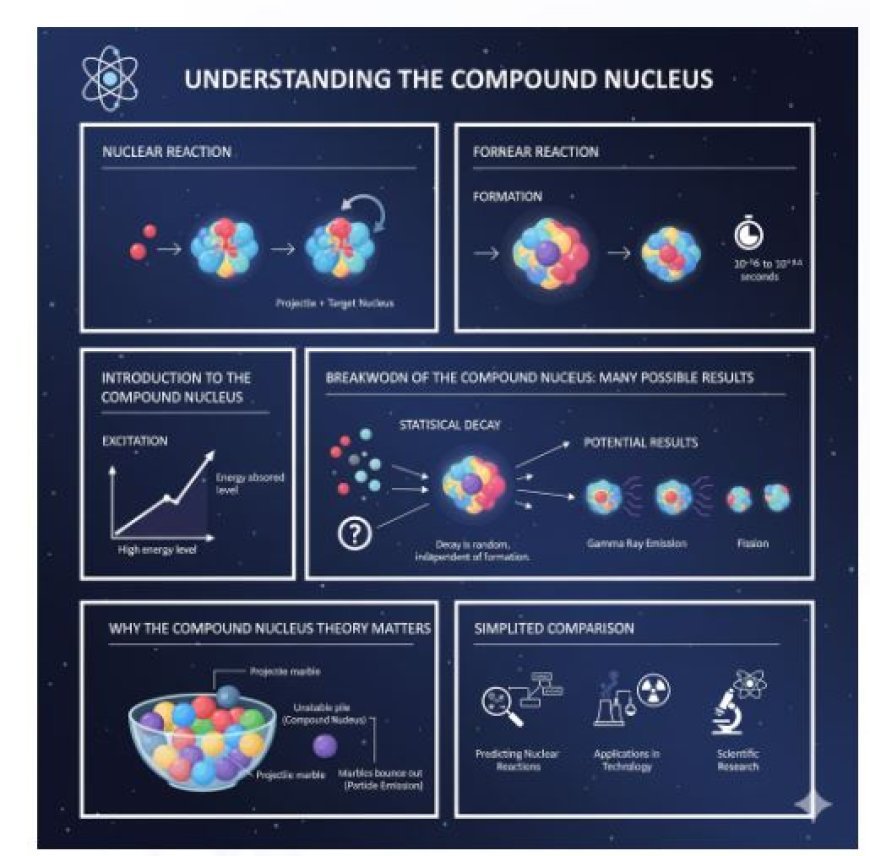
Understanding the Compound Nucleus
Atomic science includes many interesting processes, one of which is nuclear reactions. These processes change the nucleus of an atom, which is the part at its center made up of protons and neutrons. It's important to know how these processes happen, and a main idea to understand is the compound nucleus theory.
I. Nuclear Reaction
- Main Concept: A nuclear reaction occurs when a small particle, like a proton or neutron, hits the nucleus of an atom we want to target.
- This reaction can produce different results, like releasing particles or changing the target nucleus into a different element.
II. Introduction to the Compound Nucleus
- Formation: When a projectile strikes a target nucleus, it doesn't instantly cause a change. Instead, the projectile quickly combines with the target nucleus to create a temporary and excited state known as a compound nucleus. Think of it like a short-lived, unstable "super-nucleus."
- Excitation: The energy from the incoming particle is absorbed by the compound nucleus, increasing its energy level significantly. This is similar to how a ball gains energy when it is thrown upward.
- Short Lifetime: The compound nucleus lasts for a very short time, about 10⁻¹⁶ to 10⁻¹⁴ seconds. Since it is highly unstable and energetic, it quickly breaks apart.
III. Breakdown of the Compound Nucleus: Many Possible Results
- Statistical Decay: Once the compound nucleus is formed, it loses memory of how it was created. Its decay depends only on its energy and internal properties, not on the original projectile or target nucleus. This means the decay process is random, similar to a lottery. Many different outcomes are possible.
- Potential Results: The excited compound nucleus can decay in several ways:
- Particle Emission: Releasing particles such as neutrons, protons, or alpha particles (which consist of two protons and two neutrons).
- Gamma Ray Emission: Releasing energy in the form of gamma rays, which are high-energy electromagnetic waves.
- Fission: Splitting into two or more smaller nuclei (this happens mainly in larger nuclei).
IV. Why the Compound Nucleus Theory Matters
- Predicting Nuclear Reactions: The theory helps scientists estimate the probability of different outcomes in nuclear reactions.
- Applications in Technology:
- Nuclear Energy: Used in nuclear reactors for power generation.
- Nuclear Medicine: Helps in radiation therapy for treating diseases like cancer.
- Scientific Research: Essential for advancements in nuclear physics.
V. Simplified Comparison
Think about adding a bunch of marbles into a bowl that already has some marbles in it. The new marble joins the others, creating a temporarily unstable pile. This pile rearranges randomly, and some marbles may bounce out (particle emission). The final arrangement of marbles (the remaining nucleus after decay) does not depend on where the first marble landed.
What's Your Reaction?









